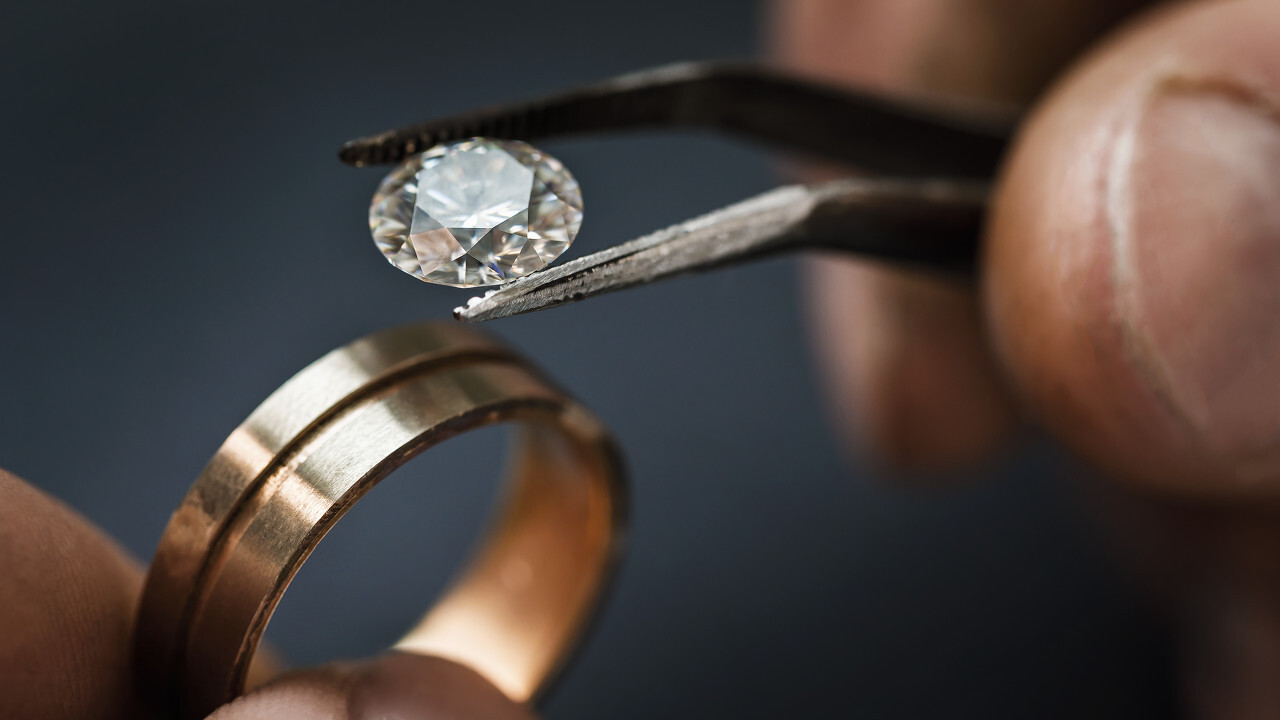
In recent years, technological advancements have revolutionized the diamond industry with the advent of lab-grown diamonds. These gems, cultivated in controlled environments rather than mined from the Earth, offer a sustainable and ethical alternative to traditional diamonds. This article delves into the fascinating world behind the scenes, exploring the intricate science and technology involved in creating lab-grown diamonds.
Lab-grown diamonds, also known as synthetic or cultured diamonds, are produced using advanced technological processes that replicate the natural conditions under which diamonds are formed. Unlike natural diamonds that take millions of years to develop deep within the Earth’s mantle, lab-grown diamonds can be created in a matter of weeks.
One of the earliest methods for producing lab-grown diamonds involves recreating the high-pressure, high-temperature conditions found in the Earth’s mantle. In this process, a small diamond seed is placed in a carbon-rich environment and subjected to extreme heat and pressure, prompting carbon atoms to crystallize and form a diamond.
Further read: Lab-Grown Diamond Jewelry Trends: What’s Hot in 2024
The CVD method involves introducing a carbon-rich gas into a chamber where it is ionized, breaking down the carbon molecules. These carbon atoms then settle onto a substrate, gradually forming a diamond crystal layer by layer. This method allows for more precise control over the diamond’s characteristics and is widely used in the production of gem-quality diamonds.

Beyond the basic methods, researchers and scientists continue to develop innovative technologies to enhance the efficiency and quality of lab-grown diamonds.
Further read: Glimpse into the Future of Lab-Grown Diamonds
This cutting-edge technique utilizes microwave energy to create a plasma in which carbon atoms can deposit onto a substrate and crystallize into diamonds. MPCVD offers greater control over the diamond’s structure and properties, allowing for the creation of diamonds with specific characteristics for various industrial applications.
Quantum computing plays a pivotal role in simulating and understanding the complex processes involved in diamond formation. Researchers use quantum algorithms to model the behavior of atoms and predict the optimal conditions for diamond growth, ultimately improving the efficiency of lab-grown diamond production.
Lab-grown diamonds are gaining popularity not only for their scientific allure but also for their ethical and environmental advantages. By reducing the demand for mined diamonds, lab-grown diamonds contribute to minimizing the environmental impact and ethical concerns associated with traditional diamond mining practices.
Read more: The Environmental Impact of Lab-Grown Diamonds: A Sustainability Analysis
The science behind creating lab-grown diamonds is a testament to human ingenuity and innovation. As technology continues to evolve, the diamond industry undergoes a transformation towards sustainability and ethical practices. Lab-grown diamonds, with their precision engineering and ethical advantages, represent a compelling future for the world of jewelry and industrial applications.